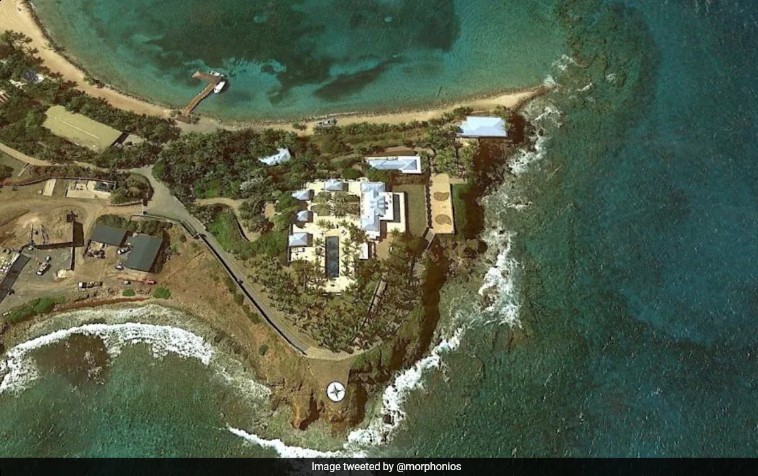The Indian Navy is now one step closer to getting Rafale fighter jets to operate off the deck of its aircraft carriers, INS Vikrant and INS Vikramaditya.
France has officially responded to the Navy’s request for 26 fighter jets with a detailed bid. New Delhi will now evaluate the bid closely before entering contract negotiations with Paris. The deal is expected to be in the range of 5.5 billion euros – about Rs 50,000 crore. Earlier, 36 Rafale aircraft have been procured for the Indian Air Force.
The Navy plans to get the Rafale jets to supplement the MiG-29K jets onboard the two carriers. The MiG-29K has been plagued with reliability issues. Underlining the issues, a Comptroller and Auditor General report in 2016 had said, “The MiG-29K, which is a carrier-borne multi-role aircraft and the mainstay of integral fleet air defence, is riddled with problems.”
“[In] a best case scenario, a MiG-29 jet will be fully fit for operations less than 50 per cent of the time it is required to be deployed,” it had said.
While the Navy has improved on the availability of MiG-29K, it still wants the Rafale at a time when China is getting set to induct its third aircraft carrier. “Currently, MiG-29 jets are part of the INS Vikrant fighter fleet. The state-of-the-art French fighter jets Rafale-M will replace MiG-29s,” Navy chief Admiral R Hari Kumar said in August.
Navy sources have said there is every possibility of China operating a carrier battle group in the Indian Ocean in the near future. The decision to get Rafale jets also needs to be seen against this backdrop.
China already operates its first overseas base in the Indian Ocean in Djibouti, where it has started docking warships.
NDTV had last year sourced satellite images that indicated that China’s naval base in Djibouti, on the Horn of Africa, is fully operational and supports Chinese warships deployed in the Indian Ocean region.
China’s base in Djibouti is its first overseas military base, built at a cost of $590 million. It is located by the strategic Bab-El-Mandeb Strait which separates the Gulf of Aden and the Red Sea and guards the approach to the Suez Canal, one of the most critical channels of international commerce.
China’s Djibouti base “is built in a fortified way, with layers of defences which appear almost medieval, like a modern day colonial fort. It is clearly designed to withstand direct assault,” says Naval Analyst HI Sutton of Covert Shores.






